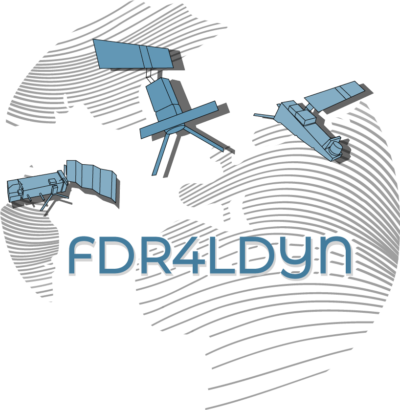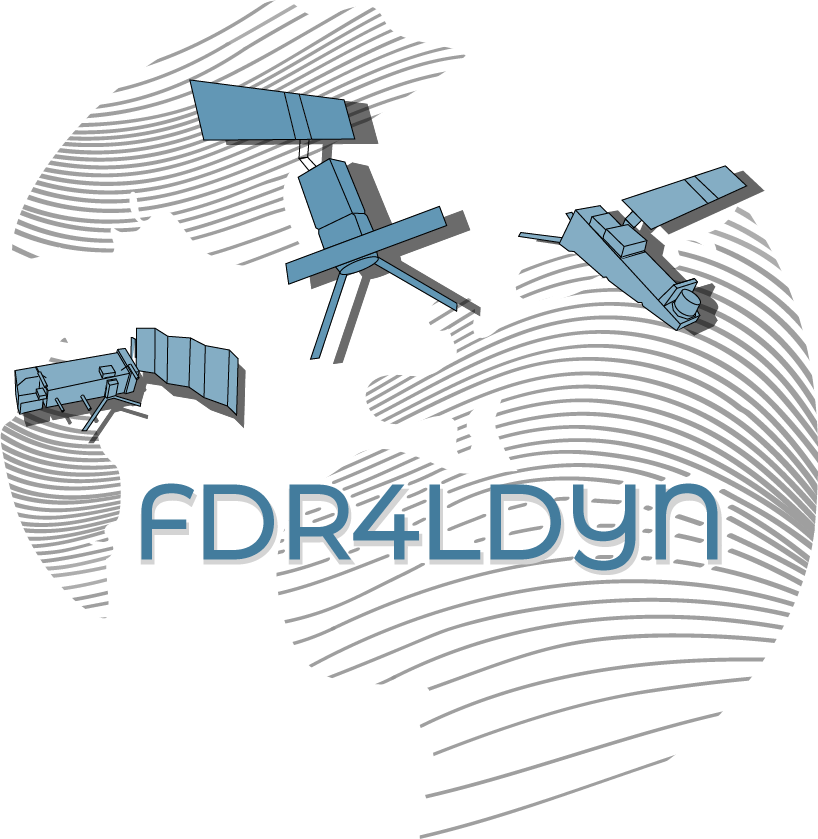The value of scatterometer data for vegetation monitoring has been demonstrated in numerous studies, most of which focused on Metop ASCAT. In this use case, we explore the potential of the FDR4LDYN dataset for vegetation monitoring applications.
We begin with a global comparison of FDR4LDYN-derived slope values against long-term Vegetation Optical Depth (VOD) from the VODCA dataset and MODIS Leaf Area Index (LAI). In addition, we analyse backscatter, slope, and curvature over selected sites, including the Amazon rainforest and North American grasslands.
Although the Amazon rainforest is often considered a stable scatterer and is commonly used for sensor calibration, previous studies have shown that backscatter dynamics in this region can reflect drought-related changes. To further investigate this, we will apply explainable machine learning approaches using model-based geophysical variables such as soil moisture and LAI to explain and predict the vegetation dynamics captured by FDR4LDYN.
We will also assess the impact of microwave frequency on vegetation monitoring by comparing FDR4LDYN C-band backscatter with Ku-band backscatter from the QuikSCAT SeaWinds Scatterometer. This comparison, performed over selected sites and the Amazon rainforest, will evaluate how different frequencies respond to vegetation-related changes in both space and time.


 FDR4LDYN
FDR4LDYN